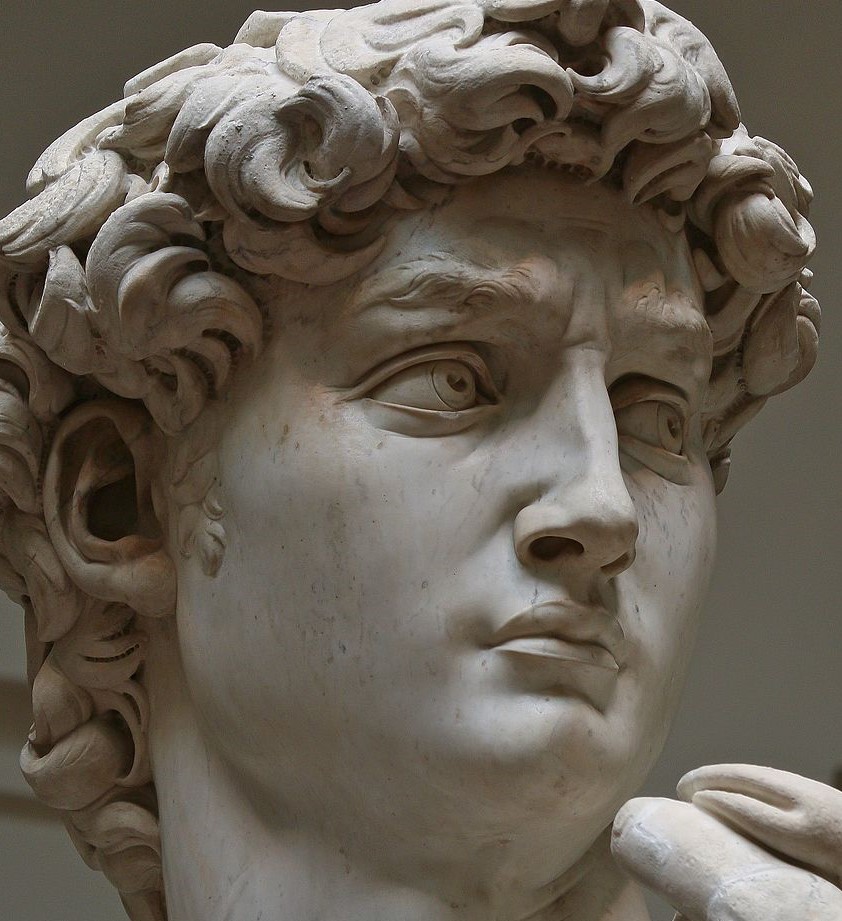
A few excerpts from Rudolf Wittkower‘s important essay “Individualism in Art,” published in Journal of the History of Ideas 22 (1961), 291-302.
From guild monopolies to individual entrepreneurism: “It would seem that with the breaking of the guild monopoly in the course of the XVth century the artist’s attitude to his work changed. Instead of being subjected to the regulated routine of a collective workshop, he was now often on his own and developed habits compatible with his freedom. Periods of most intense and concentrated work alternate with unpredictable lapses into inactivity.” (293)
Leonardo’s work habits: “A contemporary who saw Leonardo working on the Last Supper describes how he stayed on the scaffolding from dawn to dusk without putting down his brush, forgetting to eat and drink, painting all the time. Then for two, three, or four days he would not touch his work and yet be staying there, sometimes an hour, sometimes two hours a day wrapped in contemplation. Similarly, Pontormo would set out to work and go away in the evening ‘without having done anything all day but standing lost in thought,’ as Vasari informs us.” (293)
Intense alone time: “Solitude and secrecy became the hallmark of many artists. Michelangelo allowed no one—not even the pope—to be near him while he worked. Tintoretto would rarely admit friends, let alone other artists, to his studio. The sculptor Rustici explained that one should never show one’s work to anybody before it was finished. Why this insistence on creating in solitude? The answer is not far to seek. Leaving aside professional artistic jealousies, it was the need for undisturbed concentration that made solitude necessary. At the threshold of the romantic age Goya persuasively talked about the looking-into-himself, the spiritual monologue. This attitude would seem a sure sign of highly developed individualism.” (293)
Psychology: “[Renaissance artists’] approach to work is characterized by frantic activity alternating with creative pauses; their psychological make-up by agonized introspection; their temperamental endowment by a tendency to melancholy; and their social behavior by a craving for solitude and by eccentricities of an endless variety.” (295)
The Humanist intellectual context: “Where Michelangelo talks of his madness and melancholy, his reactions and his thoughts cannot be divorced from Platonic and Aristotelian concepts which were given wide currency in the age of the Renaissance.” (296)
“We know a great many names of medieval artists, architects, and craftsmen from documents and inscriptions. In documents they may be praised as ingenious, learned, skilled, excellent, wise, admirable, zealous, illustrious, and so forth. More important, in the inscriptions the masters themselves proudly proclaim their own and their works’ excellence.” (297)
The elevation of art: “It is an undeniable achievement of Renaissance artists that they raised art from the level of a mechanical to that of an intellectual occupation. By allying art to science, they drove a wedge between the arts and the crafts and, at the same time, rose in their own eyes and those of the world to the level of an elite. For the first time the artists were also capable of seeing their art as an act of self-expression. … For the first time in western history the initiated public bowed before the artist and acknowledged his special place in society. During his lifetime Michelangelo was called ‘divine’ and ranked above the princes of the blood.” (298)
Our contemporary inheritance: “The Renaissance artist’s fight for liberation from the encumbrance of the guilds was re-enacted in the romantic artist’s fight for liberation from the ties of the academy.” (299)
And: “we are back at the beginning; for now we find the artist, by the visual evidence of his work, requesting the public to pay due regard to his genius, to follow him even where he seems indistinct, sure in his conviction that all he does is important. The readiness of the public to comply with this unspoken request has its roots in the Renaissance which first raised the artist’s personality upon a loft pedestal.” (302)